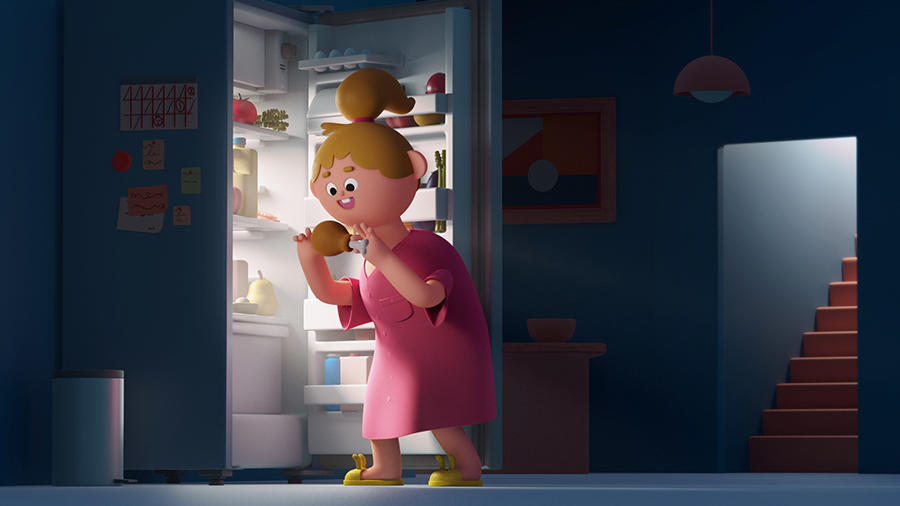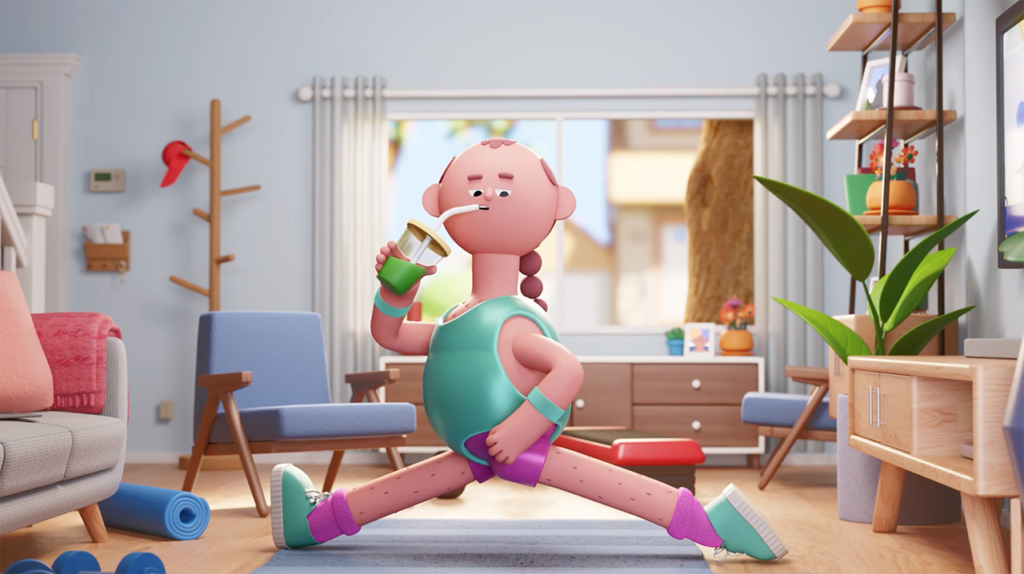Hornet is a multidisciplinary production company and animation studio with over 20 years of experience.
Driven by a tireless enthusiasm for creation and storytelling, Hornet is one of the most sought-after animation studios in North America, and indeed, the world. Priding themselves on transforming “the seeds of an idea into ambitious, beautiful, and unexpected work”, Hornet have carefully curated a roster of directors whose authorship styles are as eclectic and unique as they are effective at connecting with an audience.
Stop-motion animation specialists.
In addition to a focus on 3D, 2D and mixed-media animation, Hornet is a world leader in stop-motion. It maintains its own stage, art department, in-house directors, producers, animators, fabricators & puppeteers who are on hand to dive fully into their craft, building unique worlds and totally original content.
We chatted to Ry Glover at Hornet to find out what’s what.
What sets Hornet apart from other animation studios?
What sets Hornet apart is our dual devotion to both individual authorship as well as our collective capabilities as a full-service production studio. With every project, we seek to honor and respect the voices & visions of our directors—and also pair their unique authorship styles with a diverse & dynamic team of in-house artists and designers. For us, this approach of ‘authorship meets in-house ownership’ is the best of both worlds. And it’s what has helped us become one of the leading animation studios of the past 20 years.
What is the biggest misconception about animation production?
One of the biggest reservations we’ve heard over the years is that animation is perceived as “cartoony” and sometimes childish. The reality is that animation is an incredibly dynamic tool for messaging. It’s very fluid and flexible. There are many tones and styles. Whether for highly-specific brand messaging or broader storytelling, animation is a wonderful tool for communication of any kind.
You've been producing world-class animation for 20+ years now. How has Hornet helped shape & lead the industry?
We didn’t invent the director roster model. Not by any means. But we do feel like we were early adopters and at the very least one of the original director-model studios in the US. When Hornet first started in 2001, there was often that layer of education required with our clients about what a director actually does. We helped evolve that conversation in the industry at large. And while doing so, we never lost sight of why we do what we do—which is simple really: a love of craft and a laser-focus on bringing to life unique artistic vision. In everything we do—from nurturing our directors and supporting their visions, to taking that same level of care and applying it to how we interact with and, more importantly, listen to our clients—our goal has always been singular: to bring the best possible creative solution to each and every project.
Another thing worth mentioning is that we were early adopters of having our own shooting stage with fabrication, stop motion, and tabletop work done in-house and on-site. This helped us become a nimble unit and allowed our directors a place to play. It’s a model we’re seeing more and more studios emulate.
So, to sum up: dedication to artistic vision, devotion to craft, commitment to collaboration, and attention to providing the tactical means to make it all happen—these are the principles we think Hornet has helped gradually nudge into the industry’s collective consciousness.
What is the biggest change you've seen in the industry over the years?
Well, for one, there are many more players. There’s also a lot more emerging tools & technologies. Content at large is so quickly & broadly evolving, it’s almost impossible to track it linearly anymore. Innovation can—and does—come from anywhere. For us, it’s both challenging and exciting to be at the forefront of that. Ten years ago, we were mainly doing work in the traditional mold (i.e. 30-second & 60-second broadcast spots). Today, our work spans so much more—both in terms of deliverables and formats but also in terms of where the work itself actually comes from. In addition to our ongoing collaboration with agencies, we’re also doing more and more brand-direct work. All of which is to say, this industry has always rewarded those who can adapt and grow while remaining true to their defining ethos.
What is the future of animation production?
The most obvious answers here would probably be around remote production capabilities and new & exciting technologies. The post-Covid world will likely see studios adopt more of a remote-work culture. As we saw, especially at the beginning of Covid, one particularly appealing part about animation production is that it doesn’t require as many large crews and in-person shoots. Remote-based production will also open up the possibilities of more global talent and teams. And in terms of technology, the industry at large continues to be excited by things like real-time virtual reality and how animation will fit into that.
As it relates to Hornet specifically, however, the future of our animation production is both exciting and multifaceted. On the immediate horizon, we’re planning to move into a new SoHo office that’s 3x the size of our current space. We plan to transition our crew to a fully cloud-based set-up. We have our eyes on having a bigger presence in other territories in the US and abroad. And finally, we’re already knee-deep in the process of expanding our in-house design offerings and bolstering our motion design department. We’ve added motion design directors like Relay Studio and Vucko to the roster. We’ve internally elevated key personnel to Creative Director positions. And we’ve taken very intentional steps to ensuring we’re prepared to offer more bespoke in-house solutions moving forward. All of which is—again—designed to support our original founding mission and ethos tof seamlessly integrating our directors’ visions with a full-service studio. It's the best of both worlds.


